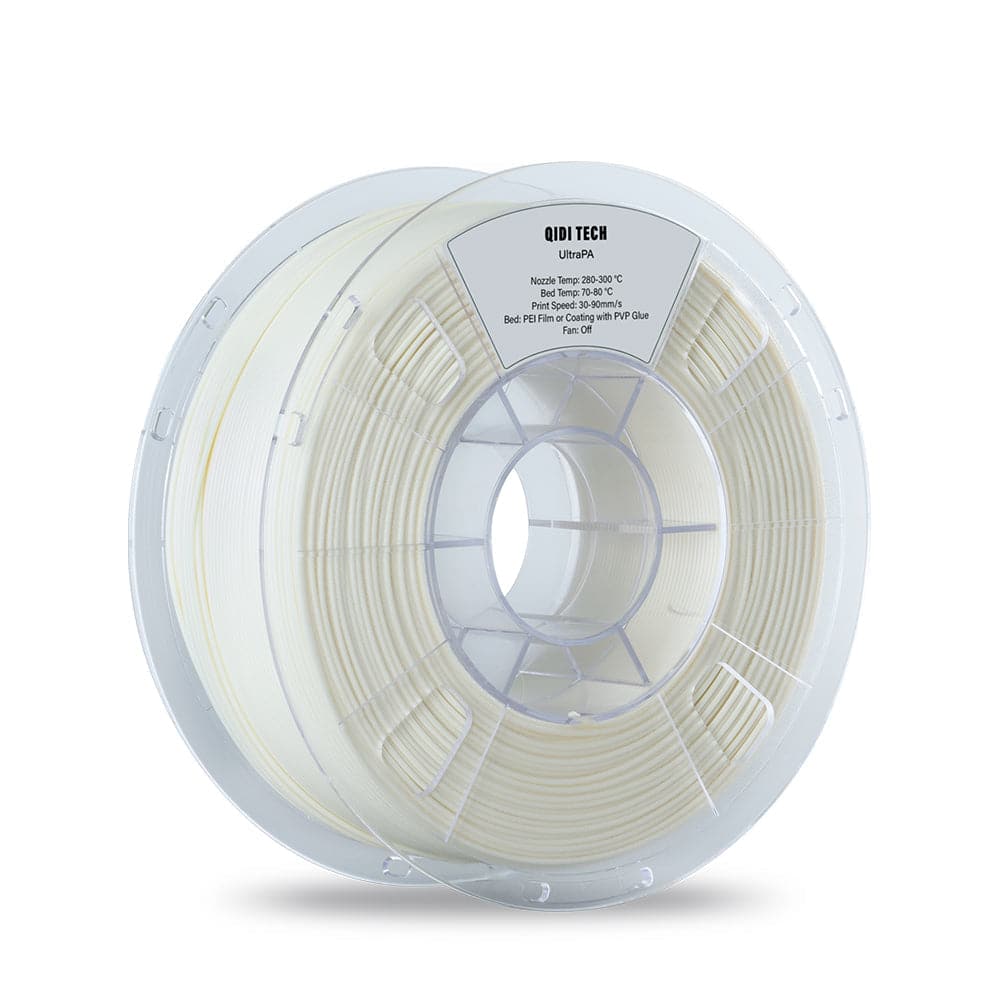Unlocking the Secrets of Nylon Filaments: Elevate Your 3D Printing Game with Superior Layer Adhesion!
In the realm of 3D printing, the choice of filament can significantly affect the quality and durability of the final product. Among the various materials available, nylon filaments stand out for their unique properties, particularly in terms of layer adhesion. This crucial characteristic not only influences the strength and appearance of printed objects but also determines their functional reliability in real-world applications. As we delve into the world of nylon filaments, we will explore their inherent advantages and how superior layer adhesion can enhance your 3D printing projects, leading to more durable and aesthetically pleasing results.

Understanding Nylon Filaments
Nylon filaments are made from synthetic polyamides, known for their resilience and flexibility. They come in various types, including Nylon 6, Nylon 6/6, and Nylon 12, each with distinct properties that cater to different printing needs. Nylon 6 is known for its excellent strength and impact resistance, making it a popular choice for functional prototypes and end-use parts. Nylon 6/6 offers even better thermal and chemical resistance, while Nylon 12 is renowned for its low moisture absorption, which helps maintain print quality over time. The advantages of using nylon over traditional materials like PLA or ABS include superior strength-to-weight ratios, higher temperature resistance, and better wear resistance, making nylon the go-to choice for parts that require durability and high performance.
The Science of Layer Adhesion
Layer adhesion refers to the bond that forms between individual layers of 3D printed material. This bond is critical; poor adhesion can lead to weak spots, delamination, and ultimately, structural failure of the printed object. Several factors influence layer adhesion, including printing temperature, print speed, and the material properties of the filament. For instance, printing at an optimal temperature ensures that the filament is molten enough to flow and bond well with the previous layer. Conversely, printing too quickly can result in insufficient time for layers to bond, leading to weaker prints. Understanding these dynamics is essential for achieving high-quality 3D prints that can withstand the rigors of their intended use.
Factors Affecting Layer Adhesion in Nylon Filaments
When working with nylon filaments, several specific factors can impact layer adhesion. One of the most significant is moisture absorption, as nylon is hygroscopic, meaning it tends to absorb moisture from the air. This can lead to printing issues such as bubbling and poor layer adhesion. To combat this, it's crucial to store nylon filaments in a dry environment and consider using a filament dryer before printing. Additionally, the printing environment plays a vital role; a controlled temperature environment helps maintain consistent print quality. Finally, the nozzle temperature should be carefully calibrated, as higher temperatures can improve layer adhesion by allowing the filament to flow better, while too high temperatures can lead to overheating and degradation of the material. By optimizing these factors, you can significantly enhance the layer adhesion of your nylon prints.
Best Practices for 3D Printing with Nylon Filaments
To achieve superior layer adhesion when using nylon filaments, several best practices can be followed. First, ensure that your printer settings are dialed in correctly; this includes maintaining a nozzle temperature that aligns with the specific nylon type you are using. A heated bed is also vital, as it helps prevent warping and promotes better adhesion to the print surface. For bed adhesion, consider using a glue stick or a specialized adhesive spray to enhance the grip. Post-processing techniques such as annealing can further improve the strength of the printed object by relieving internal stresses and enhancing layer adhesion. By implementing these strategies, you can elevate your 3D printing projects and achieve professional-quality results.
Maximizing Quality and Durability in 3D Printing with Nylon
In summary, understanding the properties of nylon filaments and their layer adhesion characteristics is essential for any serious 3D printing enthusiast. By considering factors such as moisture absorption, print settings, and environmental conditions, you can significantly improve the quality and durability of your prints. Embracing best practices in the printing process will not only enhance your 3D printing experience but also lead to exceptional results that stand the test of time. As you continue to explore the world of nylon filaments, remember that the key to success lies in mastering the art of layer adhesion.








